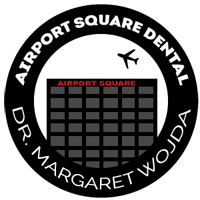Cracked teeth have plenty of side effects including, hypersensitivity to hot and cold, pain while chewing, or even the release of biting pressure. The experience of these side effects may be constant or infrequent, making it harder to diagnose the reason for irritation.
The act of chewing moves around the cracked bits of your tooth, and the mash inside the tooth gets to be disturbed. In the meantime, when gnawing weight is discharged, the split can close rapidly, bringing about sharp agony. In the end, the mash will get harmed and the tooth will be in steady torment, notwithstanding when the jaw is loose. It is conceivable that breaks can prompt disease of the delicate tissue inside of the tooth, which can possibly influence the bone and gum encompassing the issue range.
Types of Cracks
Craze lines – These are tiny cracks that only affect the outer enamel of the tooth. These cracks are more common in adults. These types of cracks are superficial and are usually of no concern.
Fractured Cusp – When a cusp becomes weakened, a fracture may result. The cusp may break off or be removed by a dentist. A fractured cusp rarely damages the pulp, so a root canal is not necessary.
Your dentist will usually restore the tooth with a full crown.
Cracked Tooth – This type of crack extends from the chewing surface of the tooth and vertically migrates towards the root. In some cases, the crack may extend below the gum line. It is possible for the crack to extend further into the root. Damage to the pulp is commonplace. In this case, root canal treatment is usually necessary. A cracked tooth that is not treated will worsen, resulting in the loss of the tooth. Therefore, early detection is essential.
Split Tooth – A split tooth is usually the result of an untreated cracked tooth. It can be identified by a crack with distinct segments. This type of tooth can never be saved intact. Yet, the position and extent of the problem will dictate whether any portion of the tooth can be saved.
Vertical Root Fracture – A vertical root fracture begins at the root and extends towards the chewing surface of the tooth. Unfortunately, they show minimal symptoms and may go unnoticed.
Treatment involves endodontic surgery if a portion of the tooth can be saved by removal of the fractured root. Otherwise the tooth will have to be extracted.
